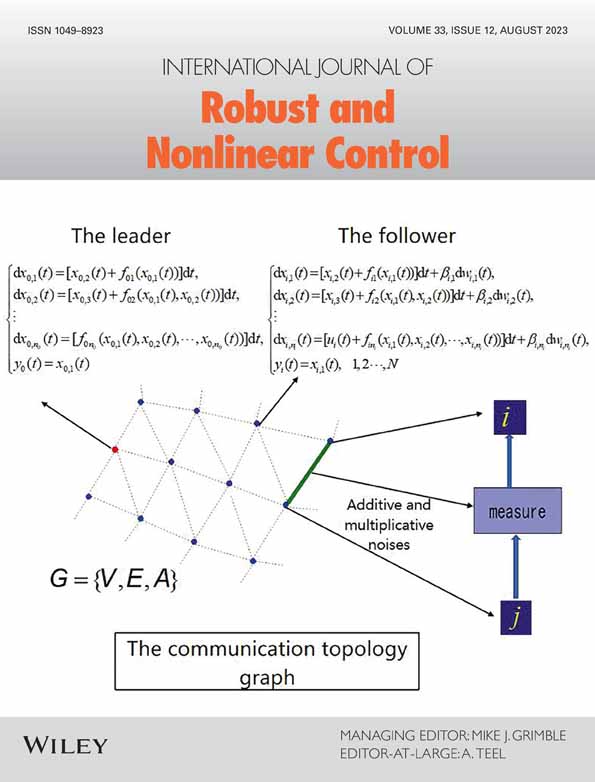Formation encirclement of multiple quadrotors subjected to semi-Markov jump switching topologies under consensus strategy
Abstract
This paper focuses on the formation encirclement problem of multiple quadrotors subjected to semi-Markov jump switching topologies under consensus strategy. A target encirclement control algorithm is designed to achieve an enclosed formation, which drives autonomous quadrotors around the target so the target can't get away. Afterward, we propose a decentralized consensus-based control protocol to realize the encirclement of the target quadrotor, where onboard miniature computers carry out all necessary computations. Notably, the quadrotor is modeled by a double integrator and the switching topology is described by a signed graph subjected to the semi-Markov jump process. Whereafter, some criteria in the form of linear matrix inequalities are constructed based on the Lyapunov stability theory to achieve encirclement behavior. Ultimately, the proposed approach is verified by a comparison simulation and two flight experiments with three follower quadrotors enclosing a leader quadrotor.
CONFLICT OF INTEREST STATEMENT
The authors confirm that there is no conflict of interest for this article.
Open Research
DATA AVAILABILITY STATEMENT
Data sharing is not suitable for the article because no datasets are came into being and analyzed during the currently discuss period.




